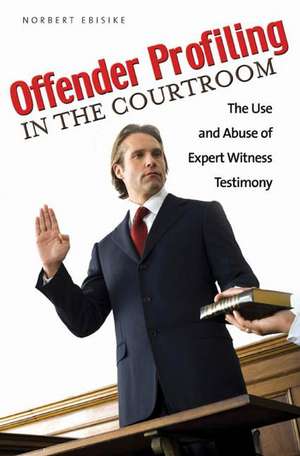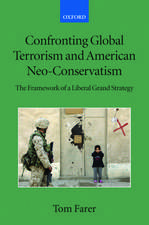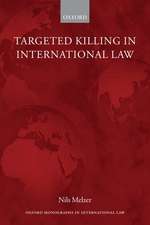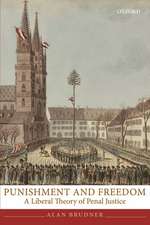Offender Profiling in the Courtroom: The Use and Abuse of Expert Witness Testimony
Autor Norbert Ebisikeen Limba Engleză Hardback – 29 sep 2008 – vârsta până la 17 ani
Preț: 354.59 lei
Preț vechi: 414.46 lei
-14% Nou
Puncte Express: 532
Preț estimativ în valută:
67.86€ • 73.68$ • 57.00£
67.86€ • 73.68$ • 57.00£
Carte tipărită la comandă
Livrare economică 22 aprilie-06 mai
Preluare comenzi: 021 569.72.76
Specificații
ISBN-13: 9780313362101
ISBN-10: 0313362106
Pagini: 192
Dimensiuni: 156 x 235 x 23 mm
Greutate: 0.45 kg
Editura: Bloomsbury Publishing
Colecția Praeger
Locul publicării:New York, United States
ISBN-10: 0313362106
Pagini: 192
Dimensiuni: 156 x 235 x 23 mm
Greutate: 0.45 kg
Editura: Bloomsbury Publishing
Colecția Praeger
Locul publicării:New York, United States
Notă biografică
Norbert Ebisike is the author of An Appraisal of Forensic Science Evidence in Criminal Proceedings and several peer reviewed journal articles. His research interests include forensic science evidence, criminology, comparative criminal justice, children and the law, socio-legal studies, and crime scene investigations.
Cuprins
PrefaceIntroduction1. What is Offender Profiling?2. Approaches to Offender Profiling3. Expert Testimony: The Conflicting Rules and Standards4. Offender Profiling in the Courtroom5. Offender Profiling in Comparative PerspectiveConclusionNotesTable of CasesBibliography















